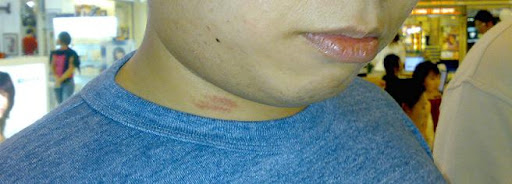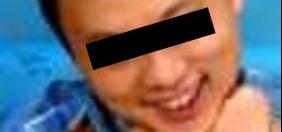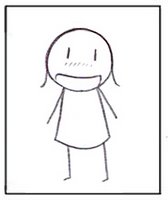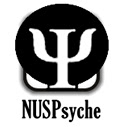Visual neglect
Visual neglect occurs when one side of the parietal lobe in the brain is damaged, leading the person to only perceive areas opposite to the damaged parietal lobe. It does not necessarily mean that the whole left visual field cannot be seen if the right parietal lobe is damaged or vice-versa because both lobes receive information from both eyes. If a patient is asked to draw what he/she sees, he/she is likely to draw the below:

 Images taken from here
Images taken from hereA man with visual neglect may shave only one side of his face, encounter objects which suddenly appear and so on. He is usually able to identify the half-drawn image, i.e name the image, but simply cannot draw the whole image nor imagine the other side.
Visual Neglect - Visual ImperceptionExtract retrieved here
Cerebral injury from stroke or other trauma may cause visual imperception also called visual neglect, hemispatial agnosia, visual/spatial neglect, and hemi-imperception. It is a passive unconscious decreased awareness of part of the field of view or other stimuli to one side of the body. It usually occurs with a visual field defect, but may occur without loss of field.
A person without visual imperception, but with a visual field loss would still be aware of the area of loss and be more likely to make compensations. A person with both visual field loss and visual imperception would unconsciously neglect the area of the field loss and thus be less likely to compensate for the defect.
Damage to the right side of the brain may cause both visual field loss and visual imperception to the left side. Right brain injury neglect is usually more severe than left brain injury neglect. The most common site for visual imperception is the parietal lobe, but damage to frontal lobe and even the deeper structure (thalamus and basal ganglia) may cause visual imperception.
The treatment of visual imperception is still limited. It begins with teaching the patient to be aware of the neglected side often through occupational therapy. If the patient has a visual field defect, visual field awareness prism may be beneficial, followed by intense occupational therapy.
Labels: psychology
Subscribe to Comments [Atom] or ![]() Subscribe in a reader
Subscribe in a reader































0 Comments:
Post a Comment
<< Home